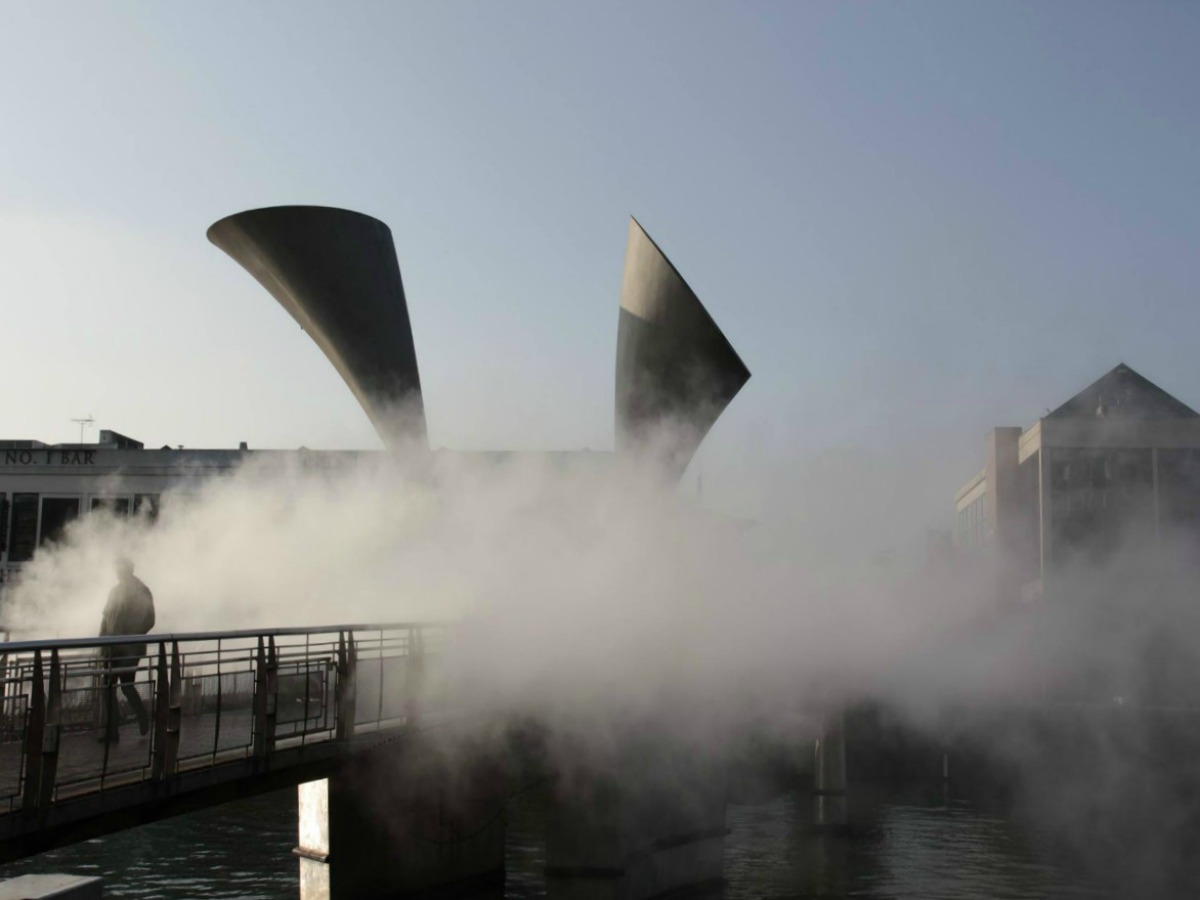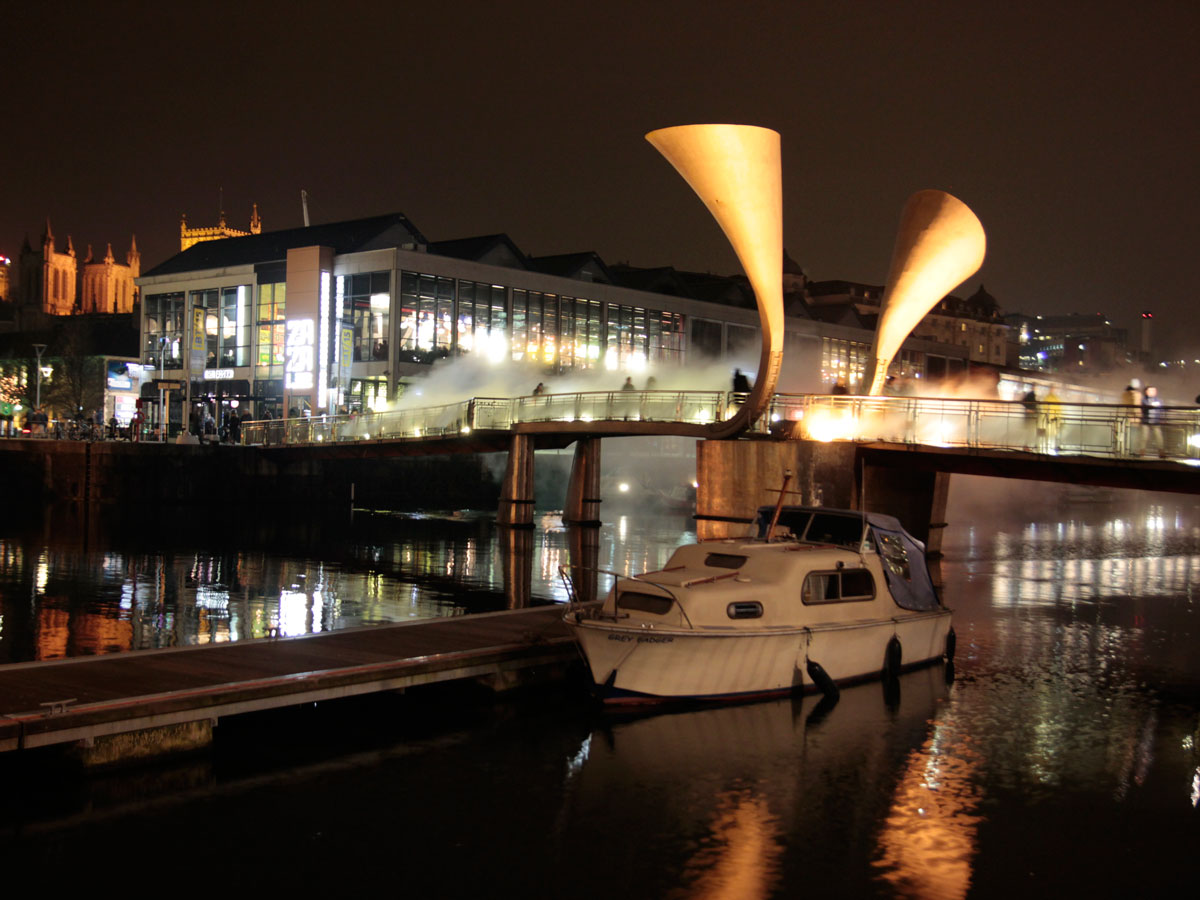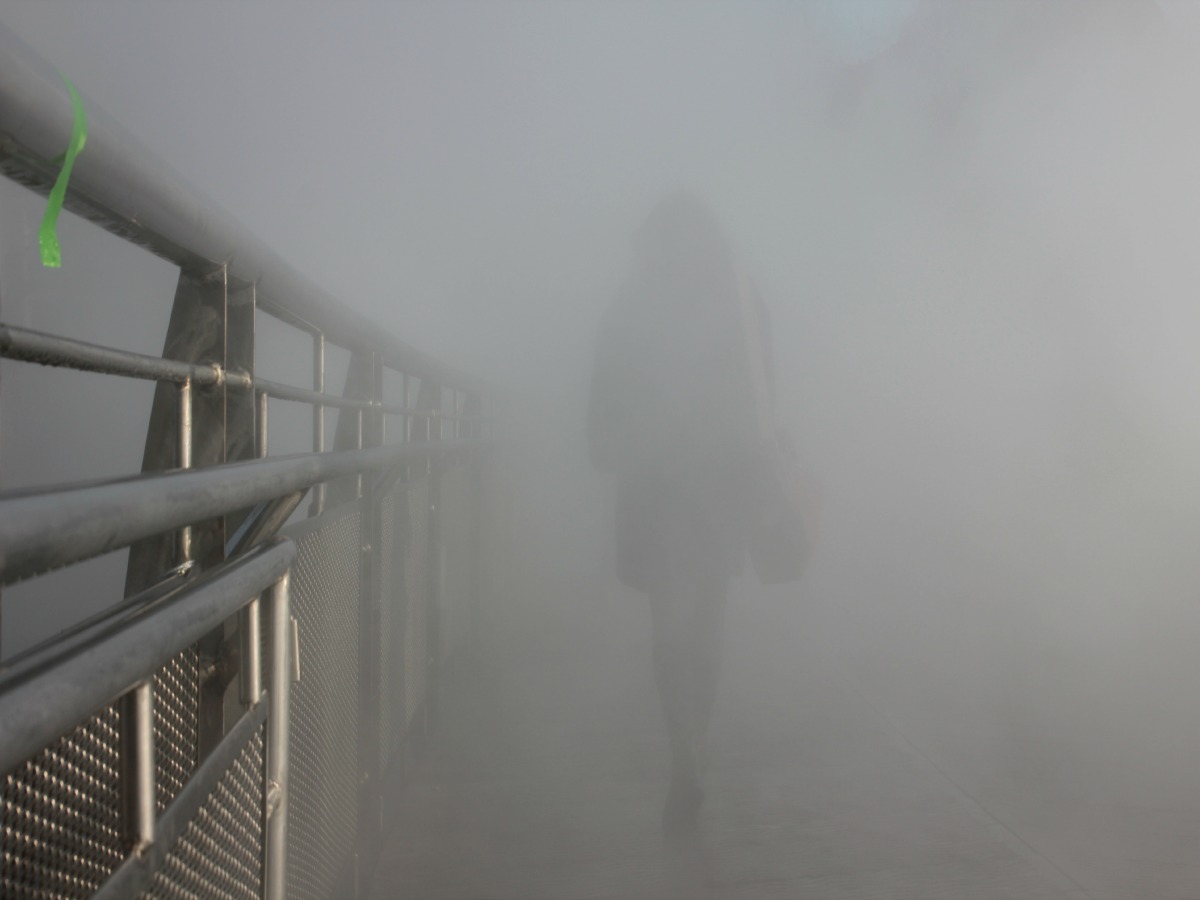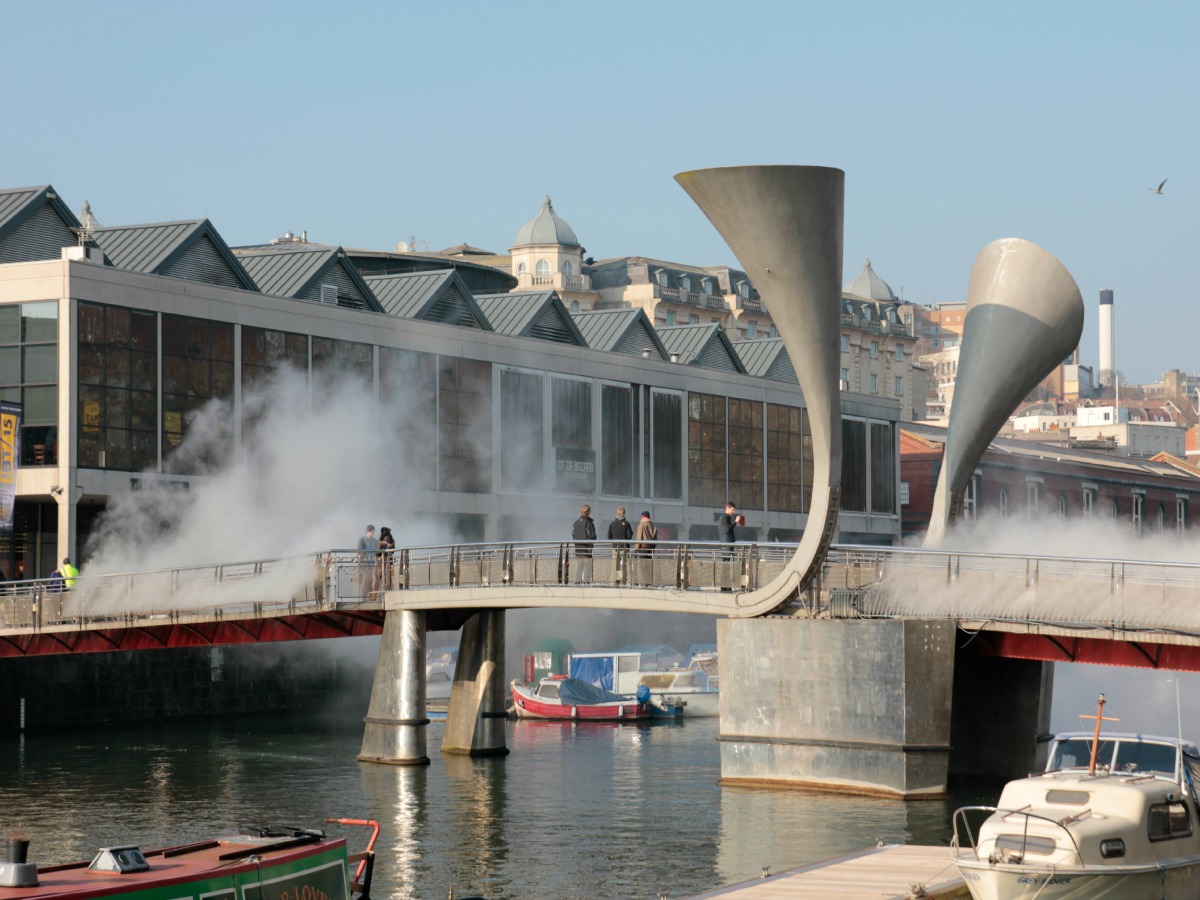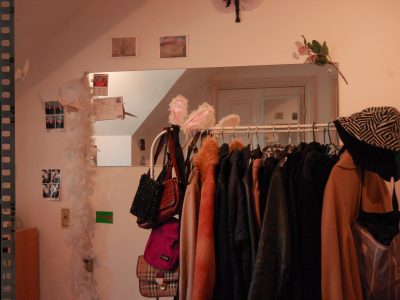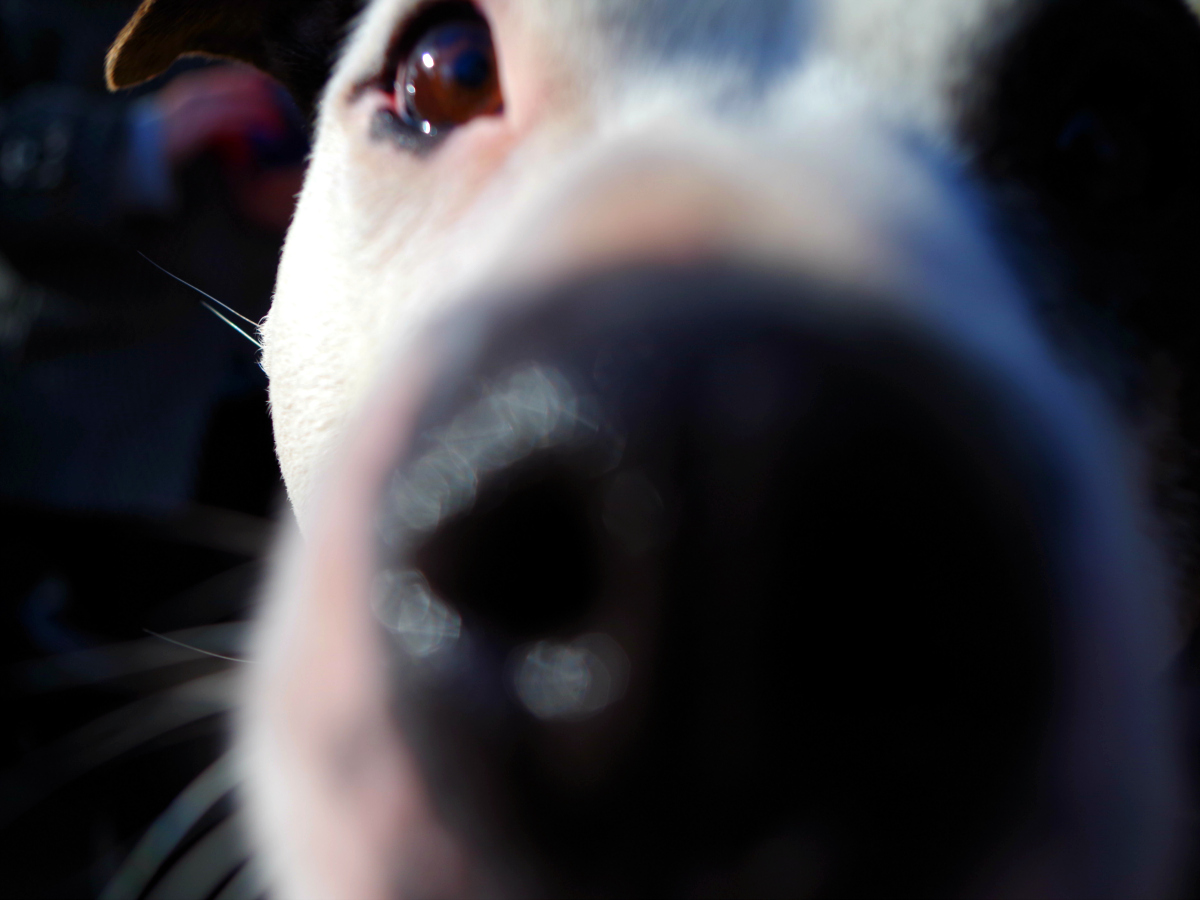Fog Bridge: Tackling Climate Change Through Art
Last month Bristol saw Pero’s Bridge disappear in a wave of fog as part of an art festival. We headed down to see why little jets of water are opening our eyes to climate change.
In Between Time Festival 2015 hosted a range of arts installations and exhibits across the city and on the 12th February, the fog bridge was launched. You may well have experienced the mysterious fog but do you know why it’s so important? Well, we went out to find out why the fog bridge was a statement of society and how it is represents both our past, present and future.
Copyright: Rife magazine/UWE/Paul Collins
Cameras: Paul Collins, Molly Perryman, Jess Connett
Bristol is European Green Capital for 2015, which ties in with the fog bridge so you may have guessed it – the fog bridge is a visual representation of pollution. Artist Fujiko Nakaya from Japan started experimenting with fog in 1969 and her work has been featured in many cities including Osaka, Japan and San Francisco, America and now Bristol, UK. Nakaya states that nature is a partner in her work and wants her fog art to be a pleasurable experience, allowing us to stare into the fog and wonder.
The fog used has the same properties as natural fog but contains no smoke or chemicals which is key to Nakaya’s work. The uncontrollable and unpredictable traits of fog is at the mercy of atmospheric conditions. We spoke to Joon Lynn Goh, senior producer of In Between Time Festival to find out her thoughts on the Fog Bridge and Richard Pancost, Professor of Biogeochemistry from Bristol University to find out more about the effects of pollution and the impacts of fog.
Did you experience the Fog Bridge? What is your views on global warming? Should we be worried about fog? Let us know @rifemag

